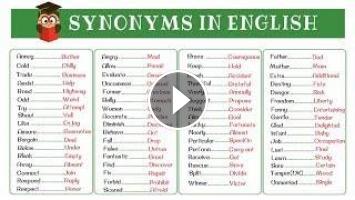
Only recent attention has been paid to understanding how aphrodisiacs can aid female sexual function. This is in part due to the historical context of aphrodisiacs, which focused solely on males. īoth males and females can benefit from the use of aphrodisiacs, but they are more focused on males as their properties tend to increase testosterone levels rather than estrogen levels. Other substances that impede on areas that aphrodisiacs aim to enhance are classified as anaphrodisiacs. It is commonplace to see the placebo effect in the debate on why aphrodisiacs work those that argue for the placebo effect say that individuals want to believe in the effectiveness of the substance. Substances which only affect a person's behavior are susceptible to the placebo effect. Aphrodisiacs that contain smooth muscle relaxing properties like yohimbine have physiological effects on a person that can affect hormone levels and increase blood flow. Aphrodisiacs that contain hallucinogenic properties like Bufotenin have psychological effects on a person that can increase sexual desire and sexual pleasure. Aphrodisiacs can also be classified by their type of effects (i.e., psychological or physiological). Unnatural aphrodisiacs like MDMA or methamphetamine are classified as those that are manufactured to imitate a natural substance. Natural aphrodisiacs like cannabis or cocaine are further classified into plant-based and non-plant-based substances. Therefore, they can be classified by their chemical properties (i.e., substances that are natural and unnatural). Substances range from a variety of plants, spices, foods, and synthetic chemicals. For other uses, see Aphrodisiac (disambiguation).Īn aphrodisiac is a substance that increases sexual desire, sexual attraction, sexual pleasure, or sexual behavior.

Notes at the bottom of a dictionary entry-especially usage notes and synonym studies-are often where we’ll find the detailed information that allows us to improve (or refine or polish ) our writing.This article is about the detailed description of the term.

Lists of synonyms are useful when we are struggling to write and looking for just the right word, but each word must be considered in light of its specific definition. The verbs make and construct mean roughly the same thing, but one is more likely to make a cake but construct a building, which is a more complex undertaking.

A sunset might be described equally well as beautiful or resplendent, but a beautiful baby would not usually be described as resplendent, which implies an especially dazzling appearance. And when we move from nouns to other parts of speech, we almost always find subtle but important differences among synonyms: although the meanings overlap, they differ in emphasis and connotation. But forest and wood, though often interchangeable, have different shades of meaning: a forest tends to be larger and denser than a wood. And if you ask for a soda on the east coast of the U.S., you’ll get the same drink that asking for a pop will get you farther west. Just about every popular dictionary defines synonym as a term having “the same or nearly the same” meaning as another, but there is an important difference between “the same” and “nearly the same.” Noun synonyms sometimes mean exactly the same thing. English, with its long history of absorbing terminology from a wealth of other tongues, is a language particularly rich in synonyms -words so close in meaning that in many contexts they are interchangeable, like the nouns tongue and language in the first part of this sentence.


 0 kommentar(er)
0 kommentar(er)
